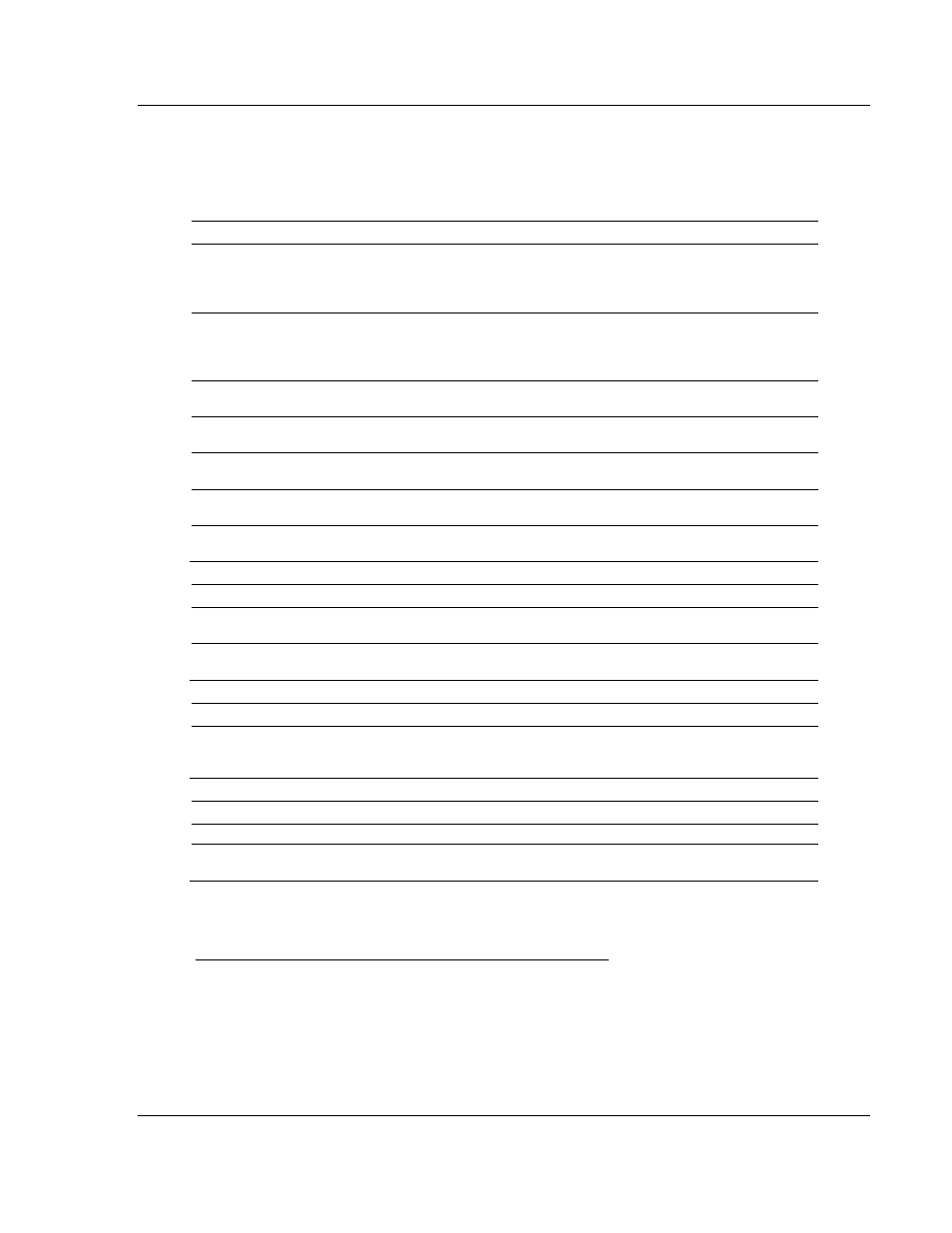ProSoft Technology PTQ-AFC User Manual
Page 219

PTQ-AFC ♦ Modicon Quantum Platform
Reference
Liquid and Gas Flow Computer for Hydrocarbon Products
User Manual
ProSoft Technology, Inc.
Page 219 of 259
June 23, 2011
11.2 Measurement
Standards
The module supports the following hydrocarbon (gases and liquids)
measurement standards currently employed in the oil and gas measurement
industry:
American Petroleum Institute (API) Manual of Petroleum Measurement Standards (MPMS)
a.
Density Correction to Reference Temperature
Chapter 11.1.53, 11.1.23
Equations, Tables 53, 23 - Generalized Crude Oils, Refined Products, Lubricating Oils,
Special Applications
b.
Correction of Volume to Reference Temperature and Thermal Expansion: Ctl.
Chapter 11.1.54, 11.1.24
Equations, Tables 54, 24 - Generalized Crude Oils, Refined Products, Lubricating Oils,
Special Applications
c.
Compressibility Factors for Hydrocarbons: Cpl.
Chapter 11.2.1/Chapter 11.2.2 (Chapter 11.2.1M and 11.2.2M for SI units.
d.
Orifice Metering of NGLs & Crude Oils
Chapter 14.3 (AGA3)
e.
Calculation of Liquid Petroleum Quantities Measured by Turbine or Displacement Meters
Chapter 12.2
f.
Allocation Measurement
Chapter 20.1 (high-water-content calculations used for emulsions)
g.
Flow Measurement Using Electronic Metering Systems
Chapter 21.1, 21.2
American Gas Association (AGA)
a.
Orifice Metering of Natural Gas & Other Hydrocarbon Fluids
AGA Report No. 3 (1992) (MPMS Ch 14.3)
b.
Compressibility Factors of Natural Gas and Other Related Hydrocarbon Gases
AGA Report No. 8 (1992) - Detail Characterization Method
International Standards Organization (ISO)
a.
Measurement of fluid flow by means of pressure differential devices inserted in circular
cross-section conduits running full - Part 2: Orifice plates
ISO 5167-2 (2003)
Gas Processors Association (GPA)
a.
Temperature Correction for the Volume of Light Hydrocarbons - TP-25
b.
A Simplified Vapor Pressure Completion for Commercial NGLs
GPA Document TP-15
11.2.1 Basic Metering According to Meter type
Orifice (Include V-cone): Uses AGA3 1992 / ISO 5167.
A V-cone meter is like an orifice meter, except that the V-cone is an obstruction
in the center of the pipe while an orifice is an aperture. V-cone calculation differs
from orifice calculation in the following respects:
1
The orifice Beta ratio is actually the square root of the ratio of aperture cross-
section to pipe cross-section hence for the V-cone it is calculated differently
from the two diameters.
